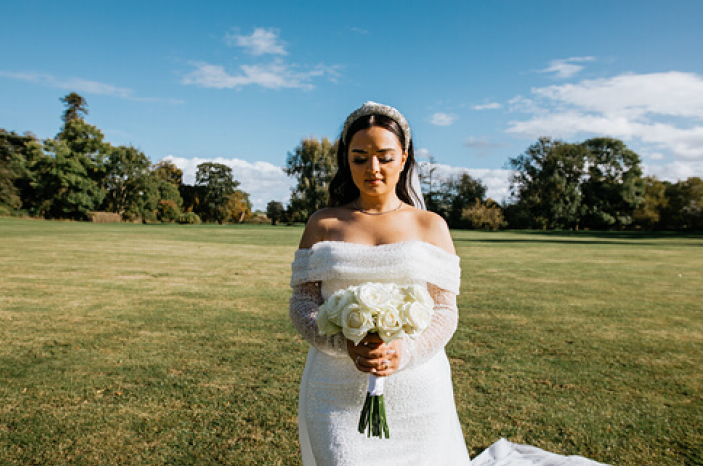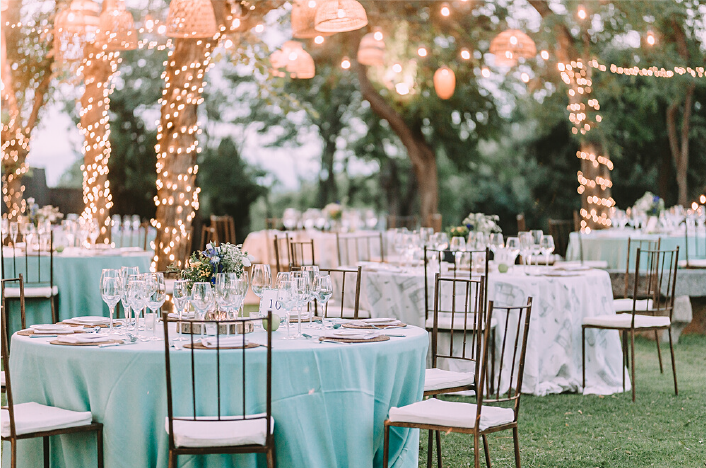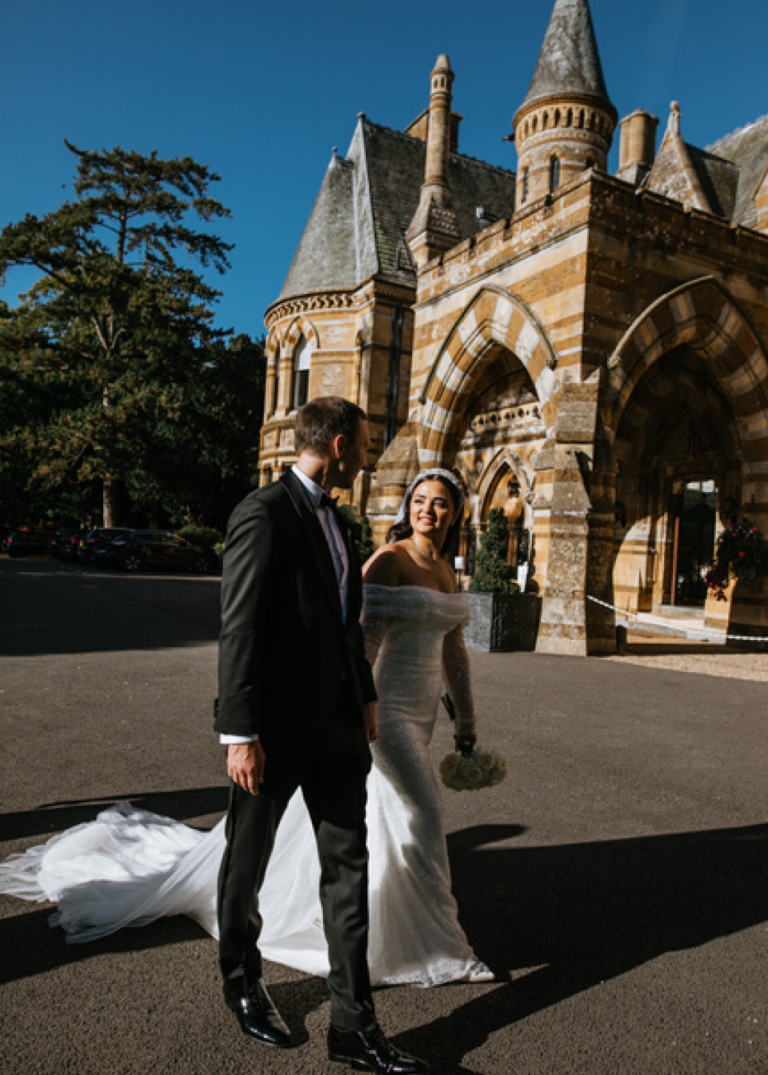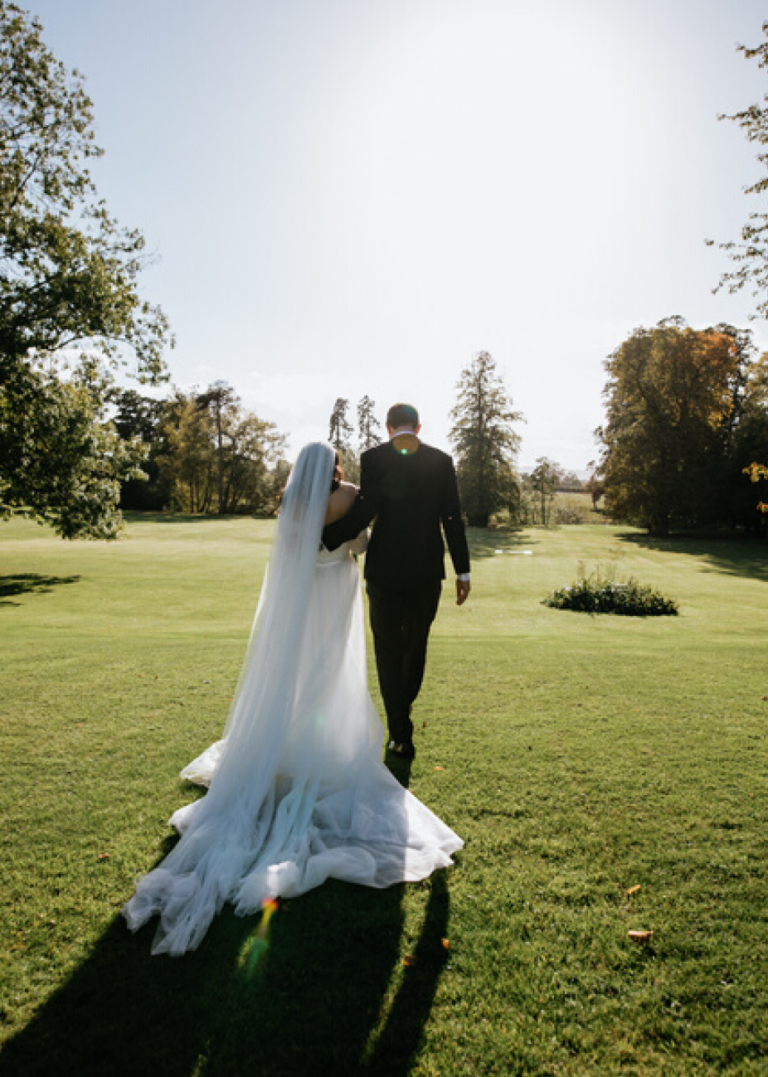Korean culture is rich with traditions that hold deep symbolism and meaning. One of the most beautiful and time-honored customs is the Pyebaek (also spelled Paebaek) ceremony, a Korean traditional wedding ritual that pays homage to family, respect, and the joining of two families. Rooted in centuries of history, the Pyebaek ceremony is a captivating blend of customs that continues to be cherished in modern Korean weddings.

The Pyebaek ceremony traces its origins to ancient Korea, where Confucian values emphasized the importance of familial harmony and respect for elders. It takes place after the main wedding ceremony and is an occasion for the bride and groom to express gratitude and pay respects to their parents and in-laws.

The Term “Pyebaek”
The term “Pyebaek” literally translates to “100 years together.” This signifies the hope for a long and prosperous life together as a married couple, mirroring the longevity of the bowing motion involved in the ceremony.
Ceremony Overview
During the Pyebaek ceremony, the newlyweds don traditional Korean attire known as “hanbok.” The ceremony typically takes place in a separate, intimate setting with close family members present. Here are the key elements of the Pyebaek ceremony:
- Bow to Parents and In-Laws The bride and groom begin by bowing deeply to their respective parents, showing gratitude and respect for raising them. This bow is a gesture of filial piety and acknowledges the important role their parents have played in their lives.

- Offering of Gifts The couple presents gifts, traditionally including dried dates and chestnuts, symbolizing fertility and the hope for a future filled with children. Other items may include rice cakes, fruits, and liquor.

- Exchange of Blessings Parents offer words of wisdom, blessings, and well-wishes for the couple’s future together. The exchange of heartfelt sentiments strengthens the bond between families.

- Tossing of Dates and Chestnuts A playful aspect of the ceremony involves a lighthearted game where the bride and groom attempt to catch the dates and chestnuts thrown by the parents. Catching them is believed to predict the number of children the couple will have: dates for sons and chestnuts for daughters.

- Bow to Each Other In the final act of the Pyebaek, the couple bows to each other, solidifying their commitment and unity as partners for life.

While the Pyebaek ceremony holds firm to its traditional roots, contemporary couples often integrate personalized elements to reflect their unique personalities. Some couples include a Pyebaek ceremony as part of their multicultural weddings, showcasing the beauty of Korean tradition alongside other customs.
The Pyebaek ceremony is a beautiful testament to the values of family, respect, and the blending of two lives. With its deep symbolism, the ceremony encapsulates centuries of Korean heritage and culture. As couples continue to celebrate love and unity in modern times, the Pyebaek remains a poignant reminder of the enduring importance of family bonds and tradition.






